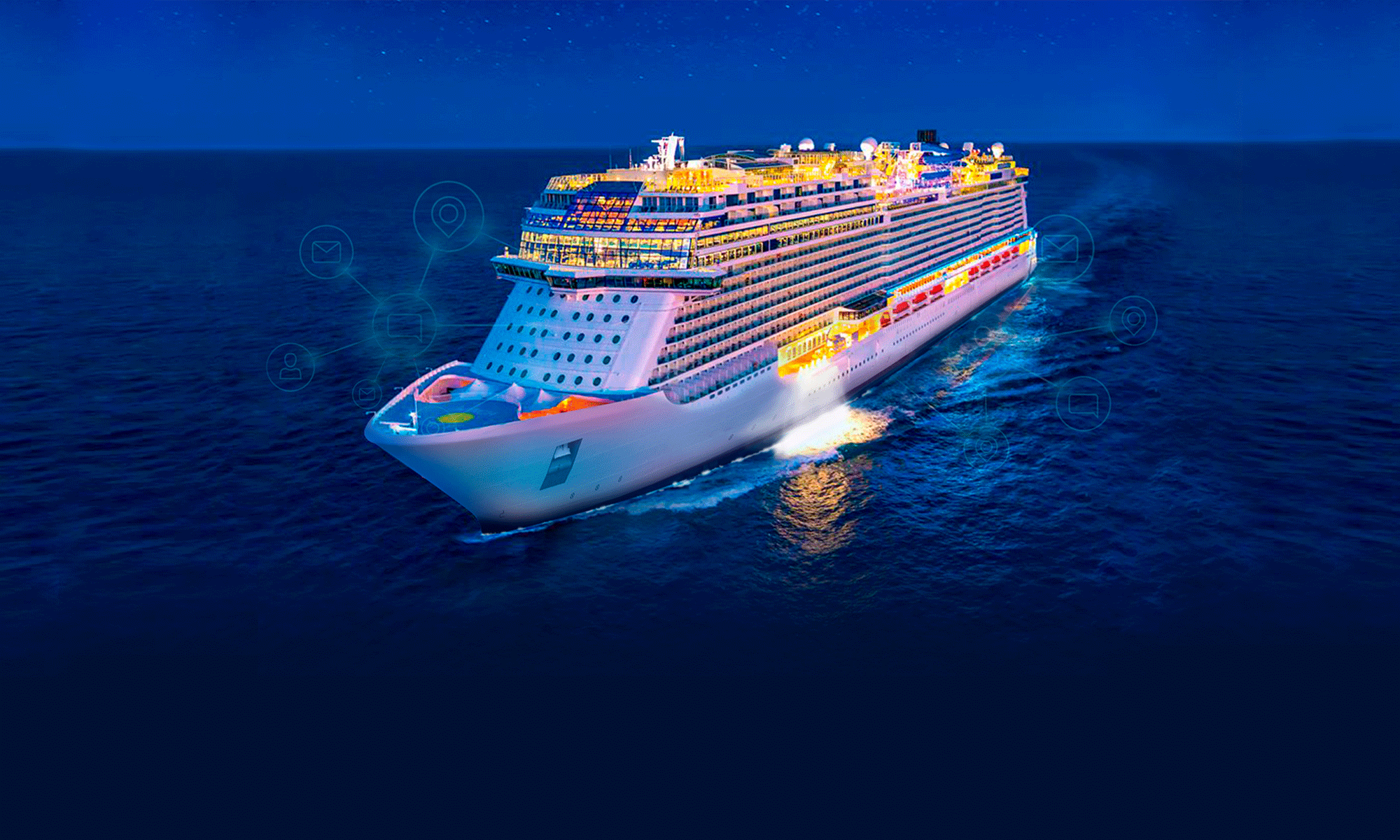Contrary to popular belief, the cruising industry is not slow to embrace new technologies. And the improvement of marine communications over the years is a testament to that. As early as 1899, ships were able to send wireless messages to shore via radio. In those days, ship-to-shore messages were sent using morse code. The 1970s ushered in the era of satellite communications for shipping, and there have been lots of developments in marine communications ever since.
While there’s a lot to unravel, this post explains the basics of marine communications and the journey from the past to the present.
Systems and Networks: The Satellite Story
The marine industry embraced satellite technology immediately so it could meet the unique demands of the sector. Before then, the industry relied on radio for marine communications. While satellite and radio communications are pretty similar, satellite technology enables data transmission from a ship to the other party in any part of the globe. Radio communications have a limited range.
While many big names compete in the marine communications space, they are not fighting it out in the same market segment. There are three main satellite systems, and the players are evenly distributed across all.
Geo networks, located in orbit 35,668 km above the earth’s surface, are the most powerful type of satellite. Since they cover a wide area with their large beams, fewer GEO networks are needed to cover the same area as LEO and MEO networks.
At 800km to 1,600km above the earth’s surface, LEO networks are the closest to earth. They are small, meaning a constellation is needed to cover a wide area. LEO networks are ideal for newcomers since they are less costly. Occupying space between 5,000 and 12,000km, MEO satellites orbit at a higher altitude than LEO and lower than GEO. A constellation of 8-20 MEO satellites is needed to cover the Earth.
Regulatory Communications: GMDSS and Others
Shortly after the development of maritime communications using morse code, the maritime world saw that the solution was not perfect enough for sending a distress signal. The transmission used lights, which were not clear enough to understand the exact emergency onboard ships. That ushered in the Global Maritime Distress Safety System.
GMDSS is an internationally agreed distress and radio communication safety system. It is an automated ship-to-shore communication system that uses satellites. Ships are obliged to use modern communication systems for safety purposes under GMDSS, even if they don’t use the infrastructure for welfare and commercial reasons. Today, ships rely on GMDSS to send distress signals to shore.
There are a few other regulatory communications to ensure navigational safety like AIS & LRIT, Ship Security alert system, Maritime Single Windows, etc.
Commercial Communications
Using morse code was expensive, especially because every letter was transmitted individually. To cut the expenses, the use of the Boe Code, which transmits five letters at once, was embraced. The five letters stood for sentences, and few people could decipher them.
Today, marine communications costs have dropped, and the industry has seen more reasons to communicate. That requires big data transmission and more flexible communication, leading to the popularity of commercial communications. Commercial Communications can be placed in two main categories: voyage and operational. Voyage communications handle voyage instructions, prompt of arrival contact with ports, etc. In contrast, operational communications deal more with ship-to-shore interactions like safety management, performance monitoring, etc.
With the Internet of Things, ships are getting more connected. We now have smart ships, research and training vessels, oceanographic exploration, etc. Maritime communication is experiencing a digital transformation, and there is high demand for marine-specific digital services. At the forefront of the digital shift is commercial communications.
Are you willing to get ahead of the curve by maximizing a technologically-advanced communication solution onboard? netTALK MARITIME has some solutions for you.
